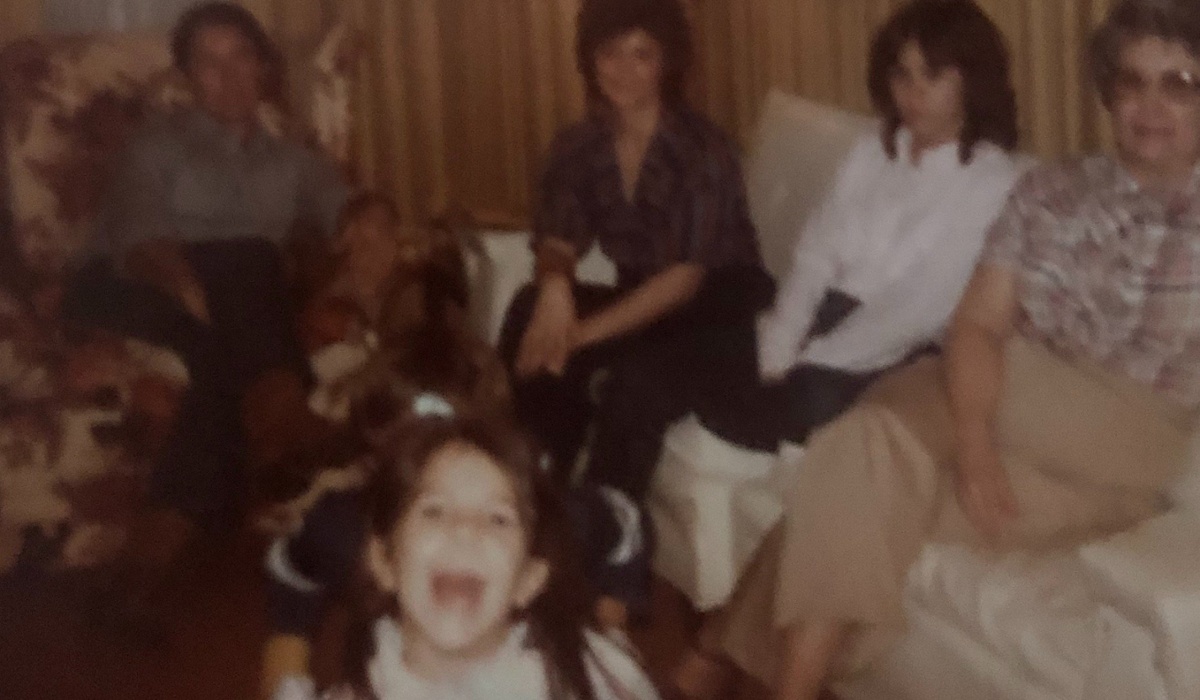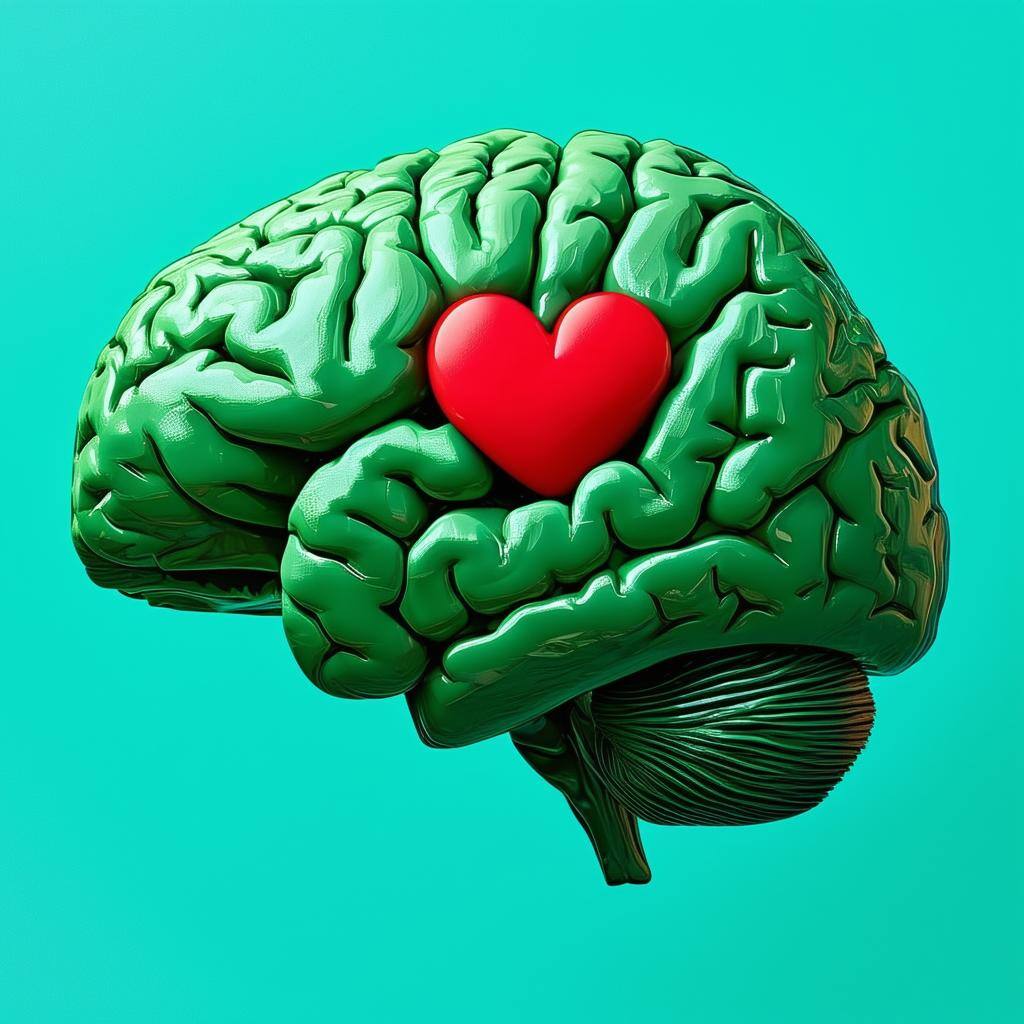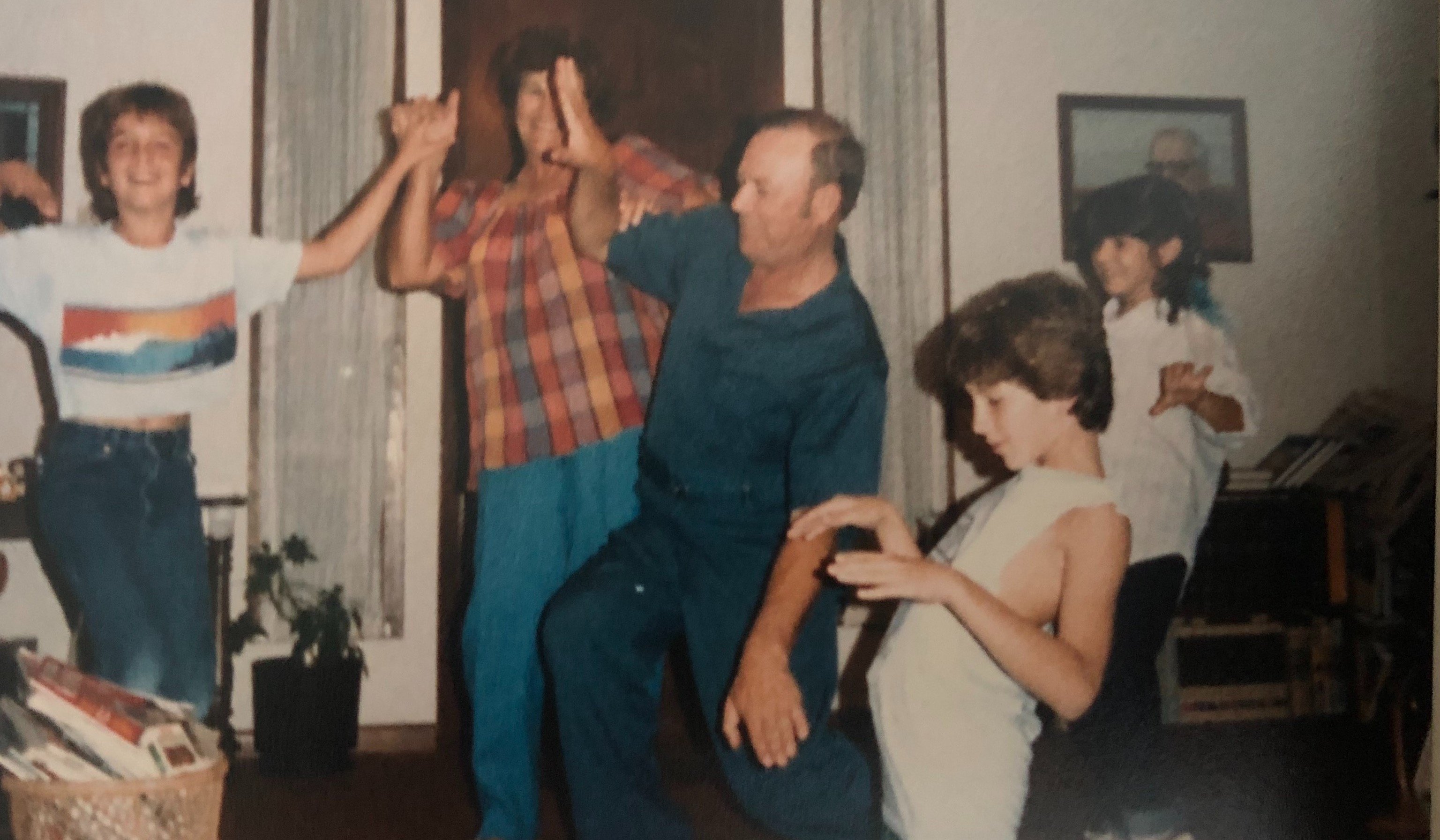The Fundamentals of Mental Health: ADHD, Autism & Sensory Differences
After 48 years and countless therapists, I've come to challenge the traditional narratives surrounding mental health. Therapy often begins with...
5 min read
KD HOLMES, LPC, EMDR CERTIFIED, BTTI TRAINED
:
Oct 20, 2020 9:48:28 AM

I’ve been called "nervous" for as long as I can remember. Even as a child, the label stuck. Looking back, I’d venture to guess that the large doses of caffeine and chocolate I consumed probably didn’t help. I can still picture it now-me as a small child, clutching a Coke in one hand and a bag of Hershey’s chocolates in the other, running literal circles around family gatherings, much to everyone’s amusement. Those memories still make us laugh.
But somewhere along the way, my laughter stopped. It’s difficult to pinpoint exactly when it happened. My hyperactive (ADHD), boundless energy, and “Energizer Bunny” personality, once a source of excitement, began to morph into something far less innocent. By the time I hit my teenage years, my zest for life had dwindled, and in its place grew overpowering social anxiety. That joyful exuberance faded into the background like sunlight vanishing behind storm clouds, replaced by a relentless, punishing negative dialogue in my head.
Living with a constant loop of critical, intrusive thoughts is exhausting for anyone, especially a young person still figuring out who they are. But despite the weight of it all, I adapted. I found ways to manage the chaos, at least for a time.
By my 20s, anxiety had become the dominant force in my life. It wasn’t just one or two areas of concern-worry was like an invasive weed overtaking the garden of my mind. It choked out everything else. No flowers could bloom; there was no space left for joy, spontaneity, or calm. It was all "worry weeds," all the time.
If you’ve been to the emotional rock bottom, you’ll know there’s one silver lining. When you’re at the very bottom, there’s nowhere to go but up. And for me, climbing out of that dark, anxious abyss became my mission. It wasn’t easy, and there were more valleys along the way, but that determination to find myself again fueled every step.
Anxiety isn’t one-size-fits-all. My experience may not encompass what yours looks like, but here’s how my anxiety manifested over the years. Welcome to my world of untold possibilities that never happened-it’s a little ridiculous, but also deeply real. (I promise I laugh now, but living in it was no laughing matter.)
I once feared driving off bridges so intensely that I started to fear the thought of driving off. It’s as if I believed that having that thought was somehow predestining my future actions. Spoiler alert-I’ve never driven off a bridge.
I was convinced others viewed me with dislike, disgust, or disinterest. The funny thing? Most people like me. The facts simply didn’t match what my mind was shouting.
I feared abandonment just as much as I feared commitment. People leaving felt unbearable. People staying felt suffocating. Anxiety made even love feel fragile.
My mind was consumed with the fear of having a terminal illness, cancer, being the big one. I monitored my body for symptoms constantly. And yet...I never had cancer.
Any time I was in the passenger seat, I clung to the terror that we might crash. Again, you guessed it-no accidents occurred. I still have this one. My biological threat sensitivity is on high alert in fast-moving cars.
To me, every mistake-big or small-was the precursor to some catastrophic, unfixable situation. I bent the narrative of every scenario in preparation for these "inevitable" disasters. They never came.
After a lifetime of hypervigilant living, always striving, pushing, and staying on high alert, I am finally beginning to see the other side of saying no and learning to stop. It's a strange feeling to recognize my limits and honor them. I can even feel when my body has had enough-a tightness in my chest, a heaviness in my shoulders, or just a deep, undeniable sense of fatigue. It's a process, but I'm slowly learning to listen to those signals and permit myself to STOP.
Hyperactivity may be ADHD’s hallmark for me, it easily crossed into stress and anxiety. That overlap created a cycle that fed itself, leaving me emotionally drained.
Climbing out of that place wasn’t easy-it was an intricate process that required multiple approaches. No one thing worked on its own, but the combination of treatments became the tools I needed to rebuild my mental health. Here’s what I’ve utilized on my path to freedom.
Medication was my first major step in fighting the depression that anxiety had created in my 20s. Years of unchecked mental stress had likely left my nervous system and serotonin levels imbalanced. The medication gave my body the relief it needed to gain stability. It wasn’t a cure, but it allowed me to focus on healing my thoughts and habits from the ground up. Medication can help reduce mental health symptoms.
Therapy gave my anxiety a name and helped me normalize what was happening to me. Through discussions with my therapist, I began to recognize the irrational thinking patterns fueling my distress. It felt like learning a new language-a language that turned down the intensity of my body’s false alarms. Therapy with medication shows the best outcomes.
Trauma played a significant role in driving my anxiety. EMDR helped me revisit and reprocess those experiences in a way that changed their hold on me. The result? A marked decrease in my anxiety and triggers.
Practicing DBT and mindfulness provided me with behavioral tools I use daily. By focusing on acting opposite to my emotions and staying present, I found a way to counter my anxiety’s grip.
ERP taught me how to stop avoiding fear and start facing it head-on. Slowly, I retrained my brain to stop believing those false alarms, actively breaking the cycles of avoidance that fed my anxiety.
Addressing the shock of trauma history resolved my anxiety. While external symptoms were visible, solutions like DBR helped me heal the roots. This process was more effective than other processes I had previously done.
Through affirming education and self-discovery, I’ve embraced how ADHD brings challenges and strengths. Acceptance released the shame that often compounded my anxiety.
It has been a long, tedious, and emotional process chipping away at the internal foe of anxiety. Every small step forward, every moment of self-reflection, and every effort to push past my fears has been worth it. Today, I feel more authentic, more in tune with who I am, than I ever thought I was brave enough to be. The choice isn’t always easy, but the strength on the other side makes it all worthwhile.
When a nervous thought tells me a car might hit me while I’m biking, I laugh at the absurdity of treating it like prophecy. That laughter feels genuine-it’s a reminder that I’m living life fully again, not trapped by constant worry. Nervous thoughts will always pop up; they’re just part of how our brains work. But what truly matters is how we respond to them. Instead of letting those thoughts take center stage, we can choose to see them for what they are-just thoughts, not facts. It’s in those repeated moments of co-occurrence with my terror, that real change happens.
Anxiety can steal so much from us-joy, laughter, and even the will to hope. But getting back to those things is possible.
Anxiety can feel like a relentless adversary, but it is something you can learn to manage effectively. Think of it as an unwelcome houseguest-a nagging presence you can’t simply evict. Instead, you must learn to coexist with it, tolerating its intrusions. Over time, you might even find moments where you appreciate its presence unexpectedly. Stranger things have happened.
My process has been a winding, imperfect path through torment- filled with challenges, and self-doubt. Through therapy, I began to understand myself better, uncovering the roots of my fears and nervousness. With the help of practical tools and deliberate action, I slowly found my way to the other side. It wasn’t easy, but each step brought me closer to a place of meaning and purpose. There is still work to do, but I am grateful for this path so far it helped me dive deeper into what is most meaningful in my life.
I allow myself to enjoy the simple pleasures that bring me back to life-a piece of chocolate, a cup of strong coffee, time with my loved ones, or the memory of running in circles at family gatherings. They remind me of joy and meaning in its most basic form.

After 48 years and countless therapists, I've come to challenge the traditional narratives surrounding mental health. Therapy often begins with...

Have you buried a dream so deep within that you’ve forgotten it altogether? A dream that once seemed so unattainable that even thinking of it became...

One of my most cherished memories of my grandfather, Pappa Joe, is the time we all gathered and had a blast breakdancing. Of course my grandmother...